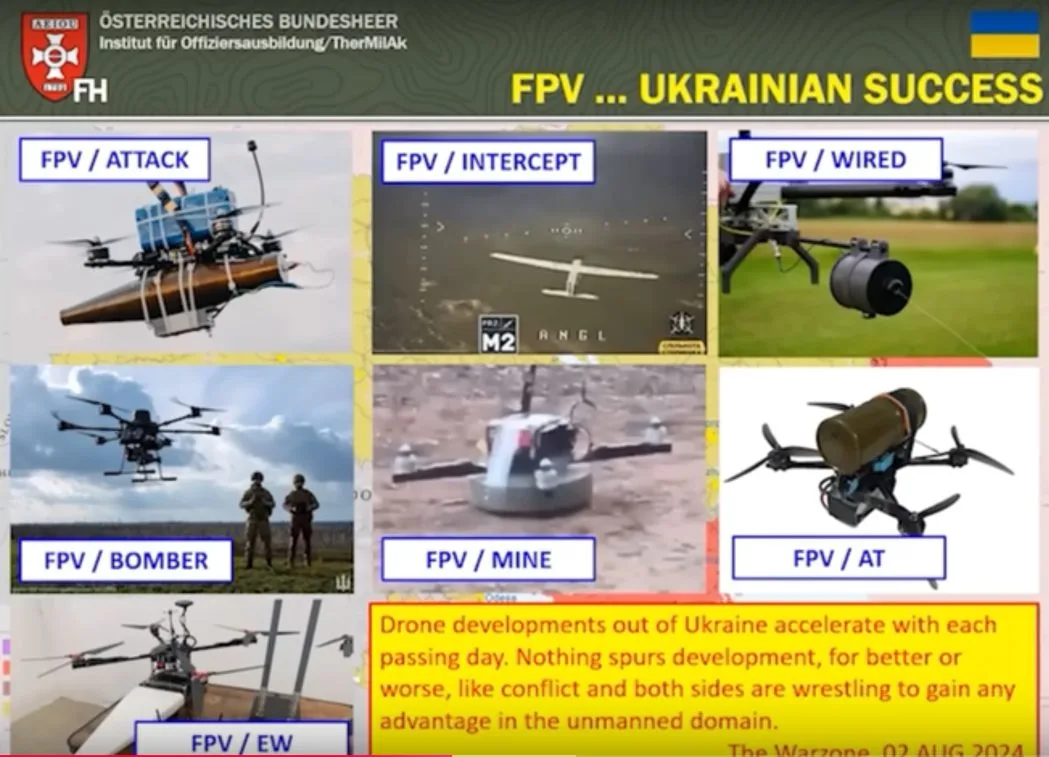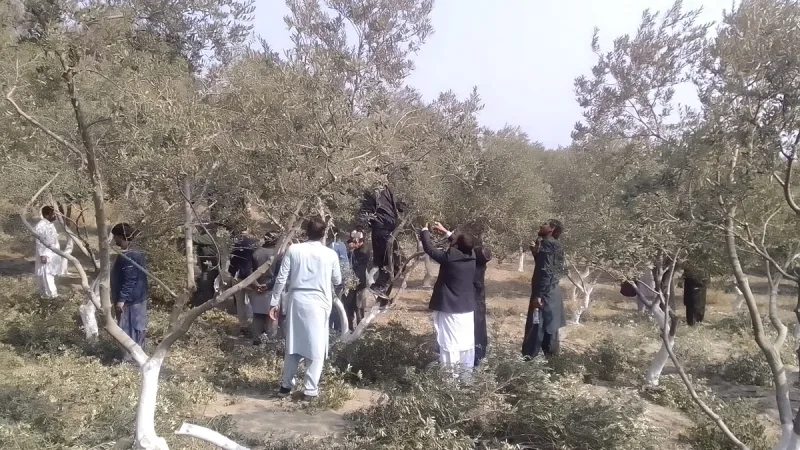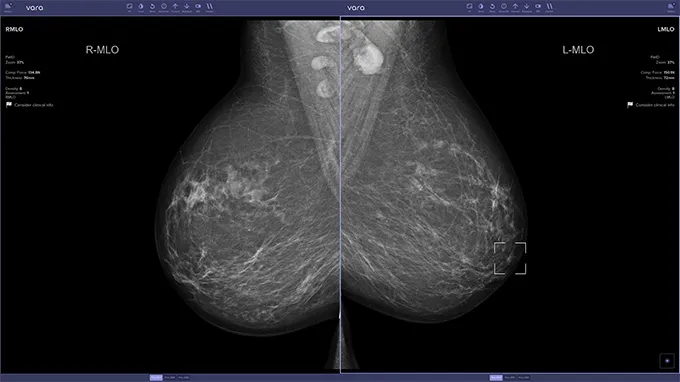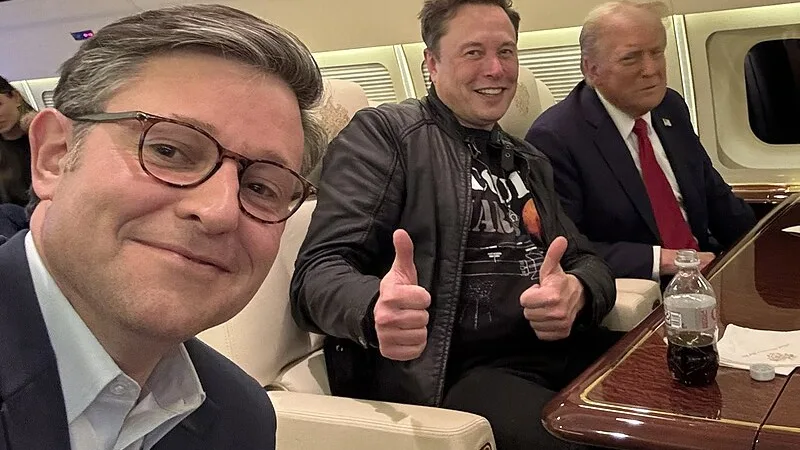Austrian Colonel Markus Reisner Analyzes Phase 7 of Russia’s War of Attrition

The conflict in Ukraine has evolved into a protracted war of attrition, now entering its seventh phase. Colonel Markus Reisner from Austria’s Theresian Military Academy has provided a thorough analysis of the current state of the war, focusing on how both the Russian and Ukrainian forces have adapted their military tactics. In his recent briefing, Reisner delves into the Russian Armed Forces’ summer offensive, shedding light on the strategic, operational, and tactical maneuvers at play.
Russian Adaptations: Electronic Warfare and Tactical Shifts
One of the key takeaways from Colonel Reisner’s update is the growing sophistication of Russia’s electronic warfare (EW) capabilities. Russian forces have adapted to counter various Ukrainian weapons systems, severely reducing their effectiveness. A notable example is the Excalibur artillery system, which previously boasted an 80% accuracy rate. Now, due to Russian EW interference, its accuracy has plummeted to around 6%. This level of disruption showcases Russia’s ability to neutralize once-dominant technologies, significantly impacting Ukraine’s capacity to strike with precision.
In addition, Reisner highlights the reintroduction of light-motorcycle tactics by Russian reconnaissance units, a method that traces its origins to World War II. These highly mobile squads conduct quick raids, gather intelligence, and provide real-time data for artillery and missile strikes. Russia’s tactical shift towards such mobility underscores its focus on low-cost, efficient warfare methods, which are proving difficult for Ukraine to counter effectively.
Innovation in Drone Warfare
As the battlefield evolves, so does the use of drone technology. Reisner emphasizes how both sides, but particularly Ukraine, are employing innovative drone strategies. He presents footage showing Russian wire-guided drones managing to hit Ukrainian targets, even in the presence of EW countermeasure vehicles. This is a stark reminder of the technological arms race occurring on the battlefield.
However, Ukraine has responded by adapting its drone arsenal. Ukrainian forces have deployed drones for a variety of tasks, including delivering mines, deploying anti-personnel charges, and even using drones as makeshift flamethrowers. The experimentation with “drone-on-drone” combat has also led to Ukrainian success, with some drones equipped to shoot guns or launch RPGs. These developments are pivotal in Ukraine’s ongoing efforts to offset Russia’s numerical and artillery advantages.
Strikes Deep into Russian Territory
Ukraine has also demonstrated the ability to strike deep into Russian territory. A recent example is the successful strike on Toropez, where Ukrainian forces destroyed a massive stockpile of Russian ammunition. This attack not only disrupts Russia’s logistics but also sends a strong message about Ukraine’s growing capacity to project power beyond its borders.
These deep strikes, according to Reisner, are part of Ukraine’s broader strategy to destabilize Russian operations and force them to redeploy resources away from the frontlines. The targeting of critical supply lines and depots in Russian territory has become a crucial aspect of Ukraine’s offensive operations.
The Palianytsia Missile-Drone: A Game Changer in Modern Warfare
The War of Attrition: Russian Advances in Pokrovsk and Vuhledar
On the ground, the situation remains grim for Ukrainian forces, especially around the town of Pokrovsk. Russian forces have been able to push Ukrainian defenders back in this area, exploiting their superior artillery capabilities. Reisner points to the Russian groupings in Zaporizhzhia, Severodonetsk, and beyond, which have continually pressed Ukrainian positions, forcing them to withdraw in key areas. The relentless artillery bombardments, combined with Russian reconnaissance tactics, are slowly grinding down Ukrainian defenses.
Vuhledar serves as a prime example of this war of attrition. The city, now largely in ruins, offers little cover for Ukrainian troops, forcing a withdrawal under relentless Russian artillery fire. Reisner’s analysis underscores the brutal nature of this conflict, where control over small, strategic locations can shift daily under intense pressure from both sides.
The Situation in Kursk: Forcing Russian Reserves
Turning attention to the Kursk region, Colonel Reisner explains how Ukrainian forces are attempting to force Russia to draw reserves from the Donbas to defend against incursions into Kursk Oblast. This strategic move is intended to stretch Russian resources thin across multiple fronts. However, Russia’s ability to conduct “in-time” counterattacks, based on real-time battlefield surveillance, has hindered Ukrainian advances in the region. The conflict in Kursk is a reflection of the broader struggle for dominance across the sprawling frontlines of this war.
Geopolitical Stalemates: Western Hesitation and Putin’s Exploitation
Beyond the battlefield, Colonel Reisner touches on the geopolitical ramifications of the conflict. Western hesitation, particularly regarding the delivery of long-range weapons, has limited Ukraine’s ability to fully implement its military strategies. The United States and European partners have been slow in providing essential military support, creating an opportunity for Russian President Vladimir Putin to exploit these delays.
Reisner argues that if Ukraine does not receive the military aid it needs, it cannot achieve its strategic objectives. However, with sustained support, there remains hope that Ukraine can defend itself and possibly turn the tide. Read our latest article on Trump’s rising influence on Polymarket for a deeper look into Western political dynamics.
The Path Forward: A Fragile Balance
As Colonel Markus Reisner concludes, the future of the war hinges on the balance between military capabilities and geopolitical will. He warns that without the necessary military support, Ukraine will struggle to sustain its defensive operations or pursue its broader goals.
Is Russia Headed for Economic Ruin in 2025? Analyzing the Financial Fallout of Prolonged Warfare
This war of attrition continues to shape not only the fate of Ukraine but also the geopolitical landscape of Europe and beyond.
Sources:
Titlepicture shows Screenshot from Youtube Release of Austrian Armed Forces https://www.youtube.com/watch?v=RjHQHoamRzw






